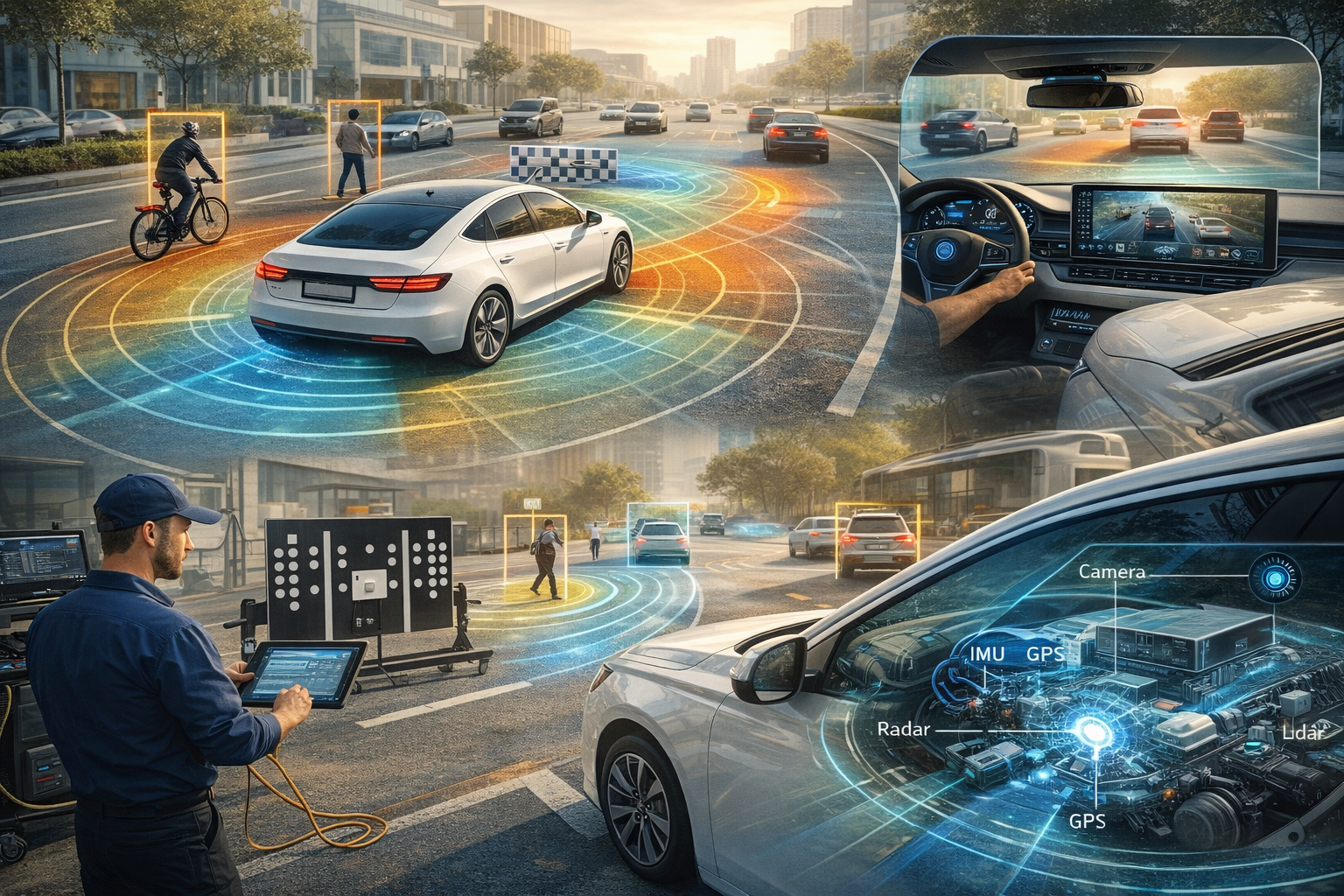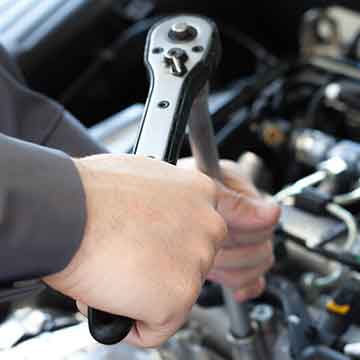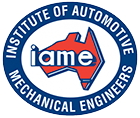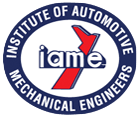Mary Anderson: Pioneering the Clear Vision of Windshield Wipers in 1905
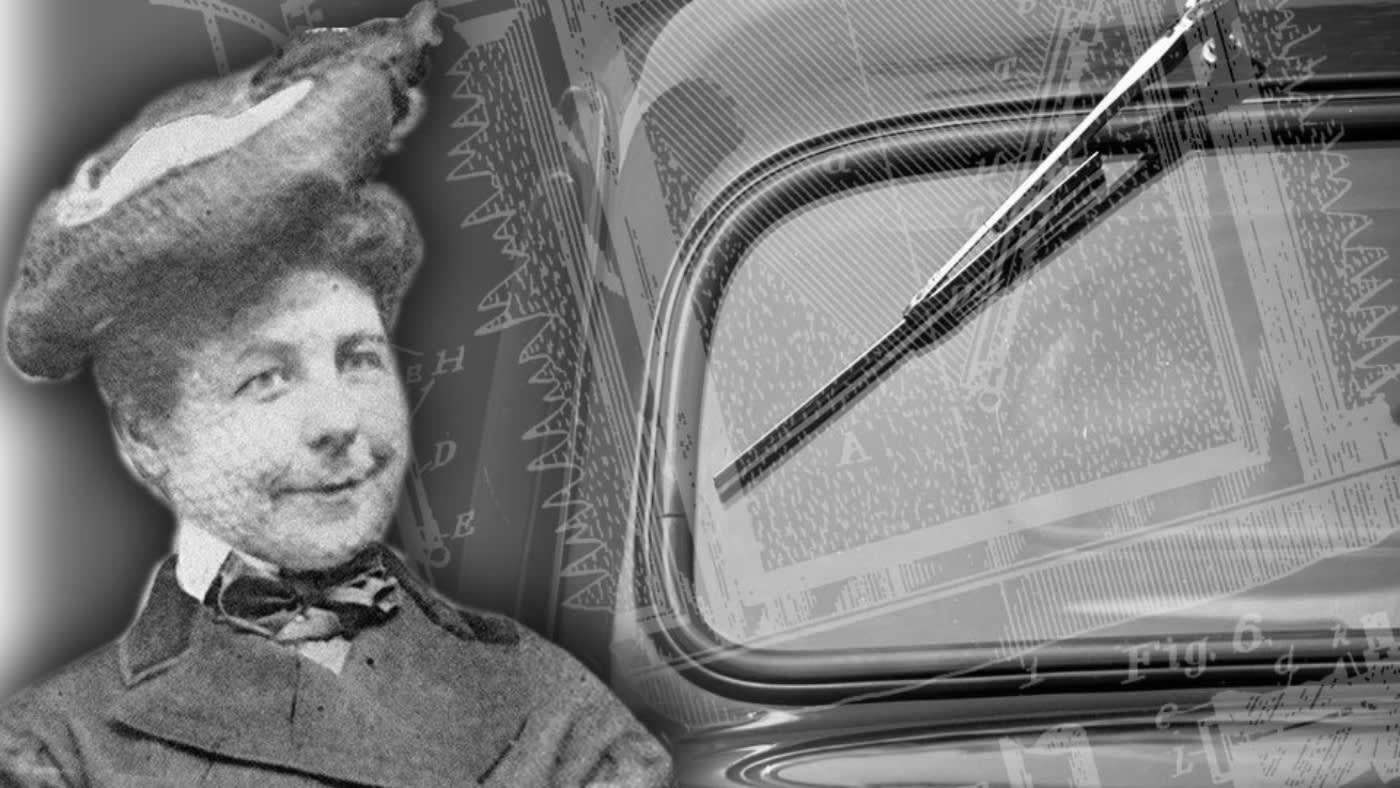
Innovation often arises from the intersection of necessity and ingenuity, and few inventions exemplify this better than the windshield wiper. In 1903, a woman named Mary Anderson found herself facing a common problem while traveling by streetcar in New York City – obscured vision due to a combination of falling snow and the lack of an effective solution to clear it. Determined to find a remedy, Anderson conceived an ingenious device that would revolutionize automotive safety and comfort: the windshield wiper.
Born in Greene County, Alabama, in 1866, Mary Anderson was an entrepreneur and inventor ahead of her time. Her journey to creating the windshield wiper began during a visit to New York City, where she observed firsthand the challenges faced by streetcar drivers during inclement weather. Inspired by the inconvenience and hazards posed by obstructed views, Anderson set out to develop a solution.
In 1903, she obtained a patent for her groundbreaking invention, which she called a "window cleaning device." The device consisted of a lever-operated rubber blade that could be manually controlled from inside the vehicle, allowing the driver to clear the windshield of rain, snow, or debris with ease. Anderson's design was simple yet effective, providing a clear line of sight for drivers navigating through adverse weather conditions.
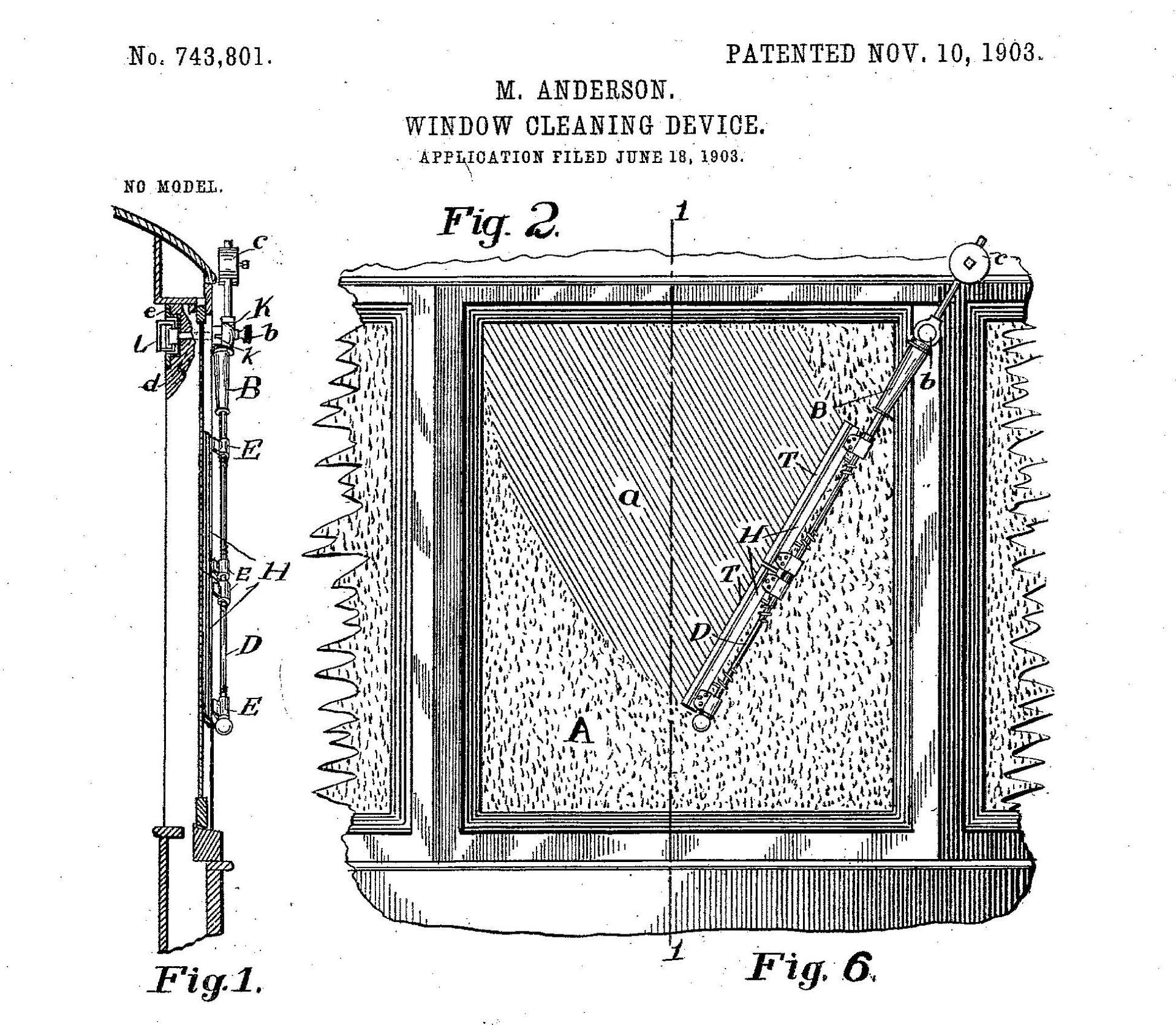
Despite its potential benefits, Anderson's windshield wiper faced initial skepticism from manufacturers who doubted its practicality and market demand. However, her persistence paid off when the automobile industry began to recognize the importance of improved visibility for driver safety. In 1905, the manufacturing firm Sloan & Lloyd Co. purchased the rights to Anderson's patent, paving the way for the widespread adoption of windshield wipers in automobiles.
The impact of Mary Anderson's invention was profound, transforming the automotive industry and enhancing road safety for generations to come. Prior to the windshield wiper, drivers often resorted to makeshift methods such as manually wiping their windshields or using cloths to clear away moisture and debris, posing significant risks on the road. With the introduction of Anderson's invention, drivers could now maintain clear visibility regardless of weather conditions, reducing accidents and improving overall driving experience.
Beyond its immediate benefits, the windshield wiper also symbolized a broader shift towards innovation and female ingenuity in the early 20th century. At a time when opportunities for women in male-dominated fields were limited, Anderson's success as an inventor challenged conventional gender roles and demonstrated the significant contributions that women could make to technological advancement.
Despite the widespread adoption of her invention, Mary Anderson received little recognition during her lifetime. It wasn't until later years that her pioneering contribution to automotive safety was fully acknowledged. In 2011, she was posthumously inducted into the Inventors Hall of Fame, cementing her legacy as one of history's unsung heroes of innovation.
Today, as we navigate our daily lives with the convenience and safety provided by modern automotive technology, it's important to remember the trailblazers like Mary Anderson who paved the way for such advancements. Her windshield wiper remains a testament to the power of human creativity and perseverance in addressing everyday challenges, leaving a lasting legacy that continues to impact lives around the world.
